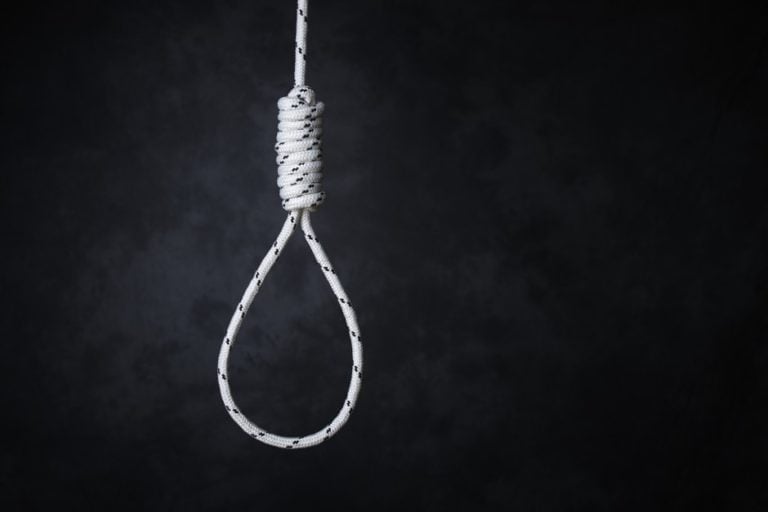
For families grieving the death of a loved one, pondering over the transience of worldly life and the ultimate fate of all mortals brings some solace to the anguished hearts however, when the cause of their family member's untimely passing happens to be a poverty-driven suicide, many would start questioning whether it was their ill-fate or their ignorant government which brought about their evitable loss.
Tharparkar, one of the most highly underdeveloped areas of Sindh, continues to report a high rate of suicidal deaths due to the deplorable financial conditions and employment prospects facing the youth in the area, especially those belonging to the Scheduled Castes of the local Hindu community, who have no mirage to look forward to in the heat of their life's desert.
As per data obtained by the Express Tribune from the district police, 277 or 56 per cent of 496 suicide cases reported across different areas of Tharparkar from 2022 to the first week of August 2024 involved people belonging to the Hindu community. Expanding on the revelations, independent sources further alleged that the number of suicides in the district may be much higher than the official figures since incidents occurring in remote areas are seldom reported to the police.
According to Khatau Jani, a local journalist from Tharparkar, a primary reason behind the alarming rate of suicide reported among the Hindu community was poverty. "Most of the youth belonging to the lower castes are uneducated hence they have to work tirelessly to support their families. Despite their efforts, most people earn barely Rs500 a day, amounting to a meagre income of Rs15,000 per month, which is insufficient for survival during this time of soaring inflation. Hence, inescapable poverty lands these people in a host of socio-economic problems, leading to the development of mental health ailments, which pave the way for suicidal ideation," observed Jani.
It should be noted that various aid schemes have been started from time to time for the poverty-stricken areas of Tharparkar by the Government of Sindh. These schemes included free distribution of wheat, provision of cash financial assistance among other initiatives. According to the budget documents of Sindh, the Sindh government has distributed at least Rs1 billion as cash financial assistance to low-income minorities every year, Moreover, the Sindh Chief Minister has directed the concerned authorities to conduct a fresh survey to find out the exact number of deserving minority families so that they can be included in the Benazir Bhutto Income Support Program and provided permanent financial assistance.
"The Sindh government distributes cash grants among the deserving people. Although no comprehensive data has been collected in this regard yet, the elected representatives of the minorities in Sindh provide cash financial assistance to the poor people identified by them," claimed the former Provincial Minister for Minority Affairs, Dr Khatumal.
However, the government's proposed solutions were criticized by Taj Murri, a senior political economist, who whilst contextually analysing the socio-economic woes of locals in Tharparkar felt that distributing measly cash handouts was definitely not the real solution to the problem.
"Through this initiative of the government, poor families will be able to receive financial assistance of Rs3,000 after every three months. Nowadays, when even a decent sized bag of flour costs Rs5,000, how can a whole family be expected to cushion their household expenses with such a small amount. The government has to devise permanent solutions to end poverty, and this is only possible through the creation of local employment opportunities that can be a source of permanent income," advised Murri.


1724570945-0/Untitled-design-(8)1724570945-0-165x106.webp)
1724569324-0/ben-(1)1724569324-0-165x106.webp)





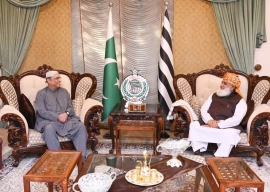
1724535372-1/IMG_6094-(1)1724535372-1-270x192.webp)

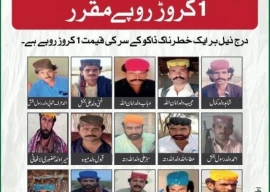
1724498890-0/Untitled-design-(2)1724498890-0-270x192.webp)
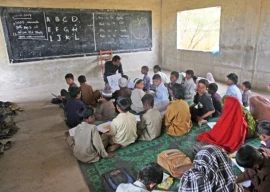
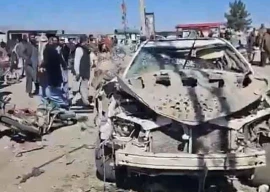

1724394882-0/Thumbnail-Template-(2)1724394882-0-270x192.webp)





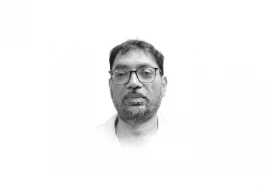
COMMENTS
Comments are moderated and generally will be posted if they are on-topic and not abusive.
For more information, please see our Comments FAQ